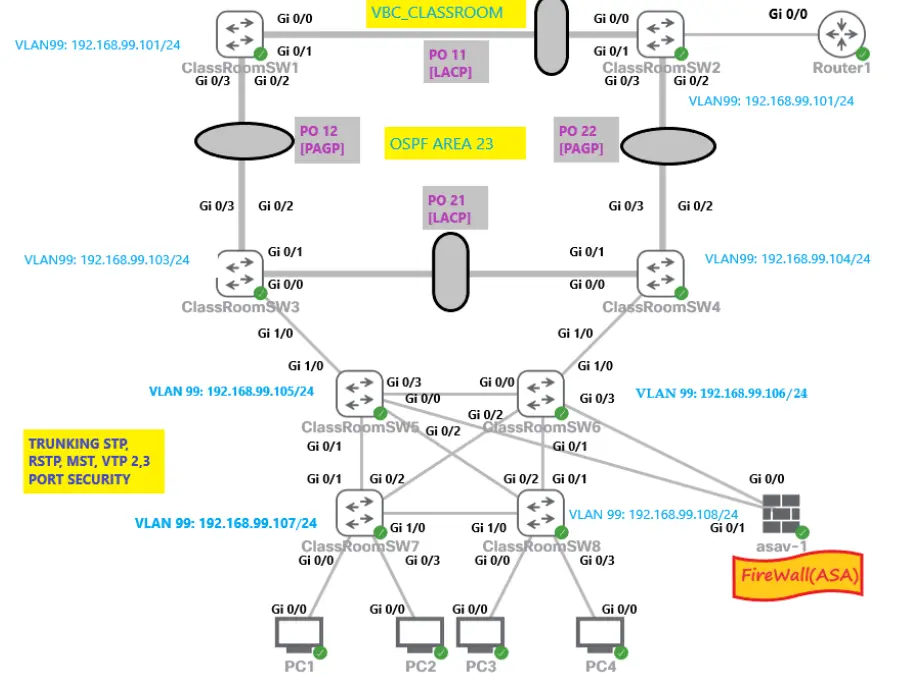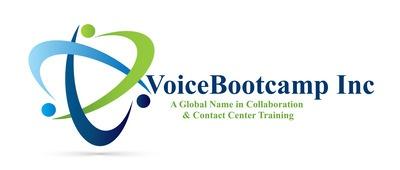Tel: 1-866-777-0060 | Request For Information
Implementing and Operating Cisco Enterprise Network Core Technologies v1.0
Take your networking skills to the next level with VoiceBootcamp's Cisco encor training! This 5-day instructor-led training, taught by dual CCIE certified instructor Faisal Khan (owner of VoiceBootcamp), will provide comprehensive knowledge and hands-on experience with Cisco Enterprise Network Core Technologies.
What is included:
☎️ - 5-day intensive instructor-led
☎️ - 200 hours of dedicated lab access
☎️ - Dual CCIE certified instructor
☎️ - 2-year retake policy
☎️ - Study Kits included
Course Fee: $3,495 USD

Buy Now Pay Later - Financing Available for US Resident/Citizen*
Split your purchase into 4 interest-free payments or choose to pay over 6 or 12 months with interest for purchases over $400.
*terms and condition apply
Upcoming Schedule
If you do not see any schedules, please contact us at
| Image | Course | Course Date | Location | Individual Price | Register |
|---|---|---|---|---|---|
| Cisco Encor Training | 10-13-2025 9:30 am | Online - Dubai, UAE Timezone | $3,499.00 | ||
| Cisco Encor Training | 11-10-2025 9:30 am | Virtual Classroom Live - EDT - | Online | $3,499.00 | ||
| Cisco Encor Training | 12-08-2025 9:30 am | Online - Las Vegas, USA | $3,499.00 |
What You Will Learn
- Illustrate the hierarchical network design model and architecture using the access, distribution, and core layers
- Compare and contrast the various hardware and software switching mechanisms and operation, while defining the Ternary Content
- Addressable Memory (TCAM) and Content Addressable Memory (CAM), along with process switching, fast switching, and Cisco Express Forwarding concepts
- Troubleshoot Layer 2 connectivity using VLANs and trunking
- Implementation of redundant switched networks using Spanning Tree Protocol
- Troubleshooting link aggregation using Etherchannel
- Describe the features, metrics, and path selection concepts of Enhanced Interior Gateway Routing Protocol (EIGRP)
- Implementation and optimization of Open Shortest Path First (OSPF)v2 and OSPFv3, including adjacencies, packet types, and areas, summarization, and route filtering for IPv4 and IPv6
- Implementing External Border Gateway Protocol (EBGP) interdomain routing, path selection, and single and dual-homed networking
- Implementing network redundancy using protocols including Hot Standby Routing Protocol (HSRP) and Virtual Router Redundancy Protocol (VRRP)
- Implementing internet connectivity within Enterprise using static and dynamic Network Address Translation (NAT)
- Describe the virtualization technology of servers, switches, and the various network devices and components
- Implementing overlay technologies such as Virtual Routing and Forwarding (VRF), Generic Routing Encapsulation (GRE), VPN, and Location Identifier Separation Protocol (LISP)
- Describe the components and concepts of wireless networking including Radio Frequency (RF) and antenna characteristics, and define the specific wireless standards
- Describe the various wireless deployment models available, include autonomous Access Point (AP) deployments and cloud-based designs within the centralized Cisco Wireless LAN Controller (WLC) architecture
- Describe wireless roaming and location services
- Describe how APs communicate with WLCs to obtain software, configurations, and centralized management
- Configure and verify Extensible Authentication Protocol (EAP), WebAuth, and Pre-shared Key (PSK) wireless client authentication on a WLC
- Troubleshoot wireless client connectivity issues using various available tools
- Troubleshooting Enterprise networks using services such as Network Time Protocol (NTP), Simple Network Management Protocol (SNMP), Cisco Internetwork Operating System (Cisco IOS®) IP Service Level Agreements (SLAs), NetFlow, and Cisco IOS Embedded Event Manager
- Explain the use of available network analysis and troubleshooting tools, which include show and debug commands, as well as best practices in troubleshooting
- Configure secure administrative access for Cisco IOS devices using the Command-Line Interface (CLI) access, Role-Based Access Control (RBAC), Access Control List (ACL), and Secure Shell (SSH), and explore device hardening concepts to secure devices from less secure applications, such as Telnet and HTTP
- Implement scalable administration using Authentication, Authorization, and Accounting (AAA) and the local database, while exploring the features and benefits
- Describe the enterprise network security architecture, including the purpose and function of VPNs, content security, logging, endpoint security, personal firewalls, and other security features
- Explain the purpose, function, features, and workflow of Cisco DNA Center™ Assurance for Intent-Based Networking, for network visibility, proactive monitoring, and application experience
- Describe the components and features of the Cisco SD-Access solution, including the nodes, fabric control plane, and data plane, while illustrating the purpose and function of the Virtual Extensible LAN (VXLAN) gateways
- Define the components and features of Cisco SD-WAN solutions, including the orchestration plane, management plane, control plane, and data plane
- Describe the concepts, purpose, and features of multicast protocols, including Internet Group Management Protocol (IGMP) v2/v3, Protocol-Independent Multicast (PIM) dense mode/sparse mode, and rendezvous points
- Describe the concepts and features of Quality of Service (QoS), and describe the need within the enterprise network
- Explain basic Python components and conditionals with script writing and analysis
- Describe network programmability protocols such as Network Configuration Protocol (NETCONF) and RESTCONF
- Describe APIs in Cisco DNA Center and vManage
Course Outline
Lab Outline
Prerequisites

